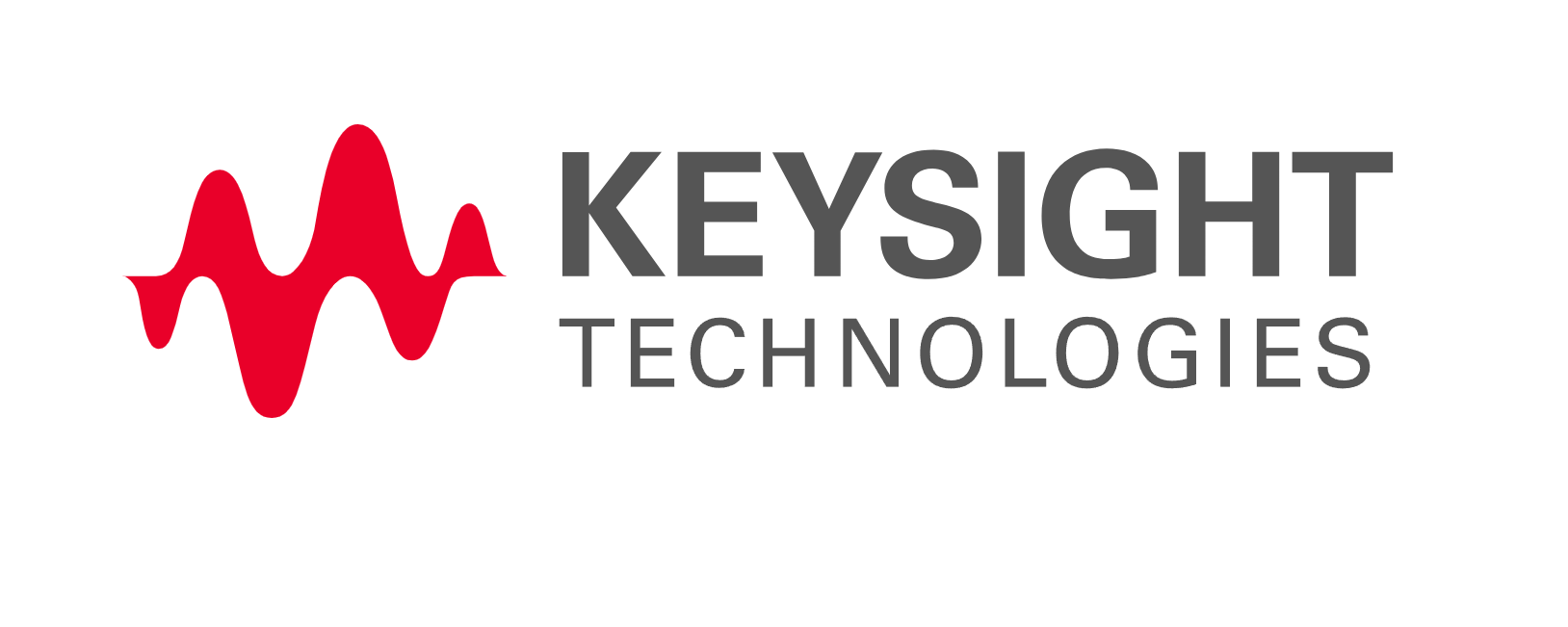Keysight to start 6G tests in California and Washington.
Keysight Technologies, a network-testing businKeysight Technologies, a network-testing business, aims to start testing communications in the terahertz frequency bands. These bands are thought to be a good fit for early 6G communications as reported in Lightreading.com.
“Keysight will design, develop, test and demonstrate 6G electronic test and measurement technologies at our indoor facilities in Santa Rosa, California; Santa Clara, California; and Everett, Washington,” the company wrote in a request to the FCC to conduct the tests. The company said the tests would occur in the spectrum bands between 275GHz and 330GHz.
“These frequencies – long considered to lie at the outermost horizons of usable radio spectrum – are becoming increasingly well-suited for the development and deployment of new active communications services and applications,” Keysight explained.
The FCC approved in 2019 to allow such tests to take place in a spectrum over 95GHz. The FCC emphasized the possibility of “extraordinary opportunities for new experimental and unlicensed use” that would “help guarantee that the United States remains at the forefront of wireless innovation” at the time.
To be clear, this is not the first time Keysight has expressed a desire for 6G technology. In 2019, the company joined the 6G Flagship Program, which is managed by the University of Oulu in Finland and financed by the Academy of Finland to investigate communications “beyond 5G.”
In 2020, Keysight was one of a number of prominent wireless companies to join the Next G Alliance, a group led by ATIS that is working to advance 6G technology development in North America.
Keysight is not the only business selling 6G-focused network testing equipment. In 2020, Rohde & Schwarz, for example, launched a 6G marketing campaign, complete with its own #ThinkSix hashtag.
“The next generation of wireless communications … is expected to leverage spectrum above millimeter waves called terahertz waves, from 300GHz to 3THz,” the company wrote at the time. “These frequencies form an important component in delivering data rates of up to one terabit per second and ultra-low latencies.”

